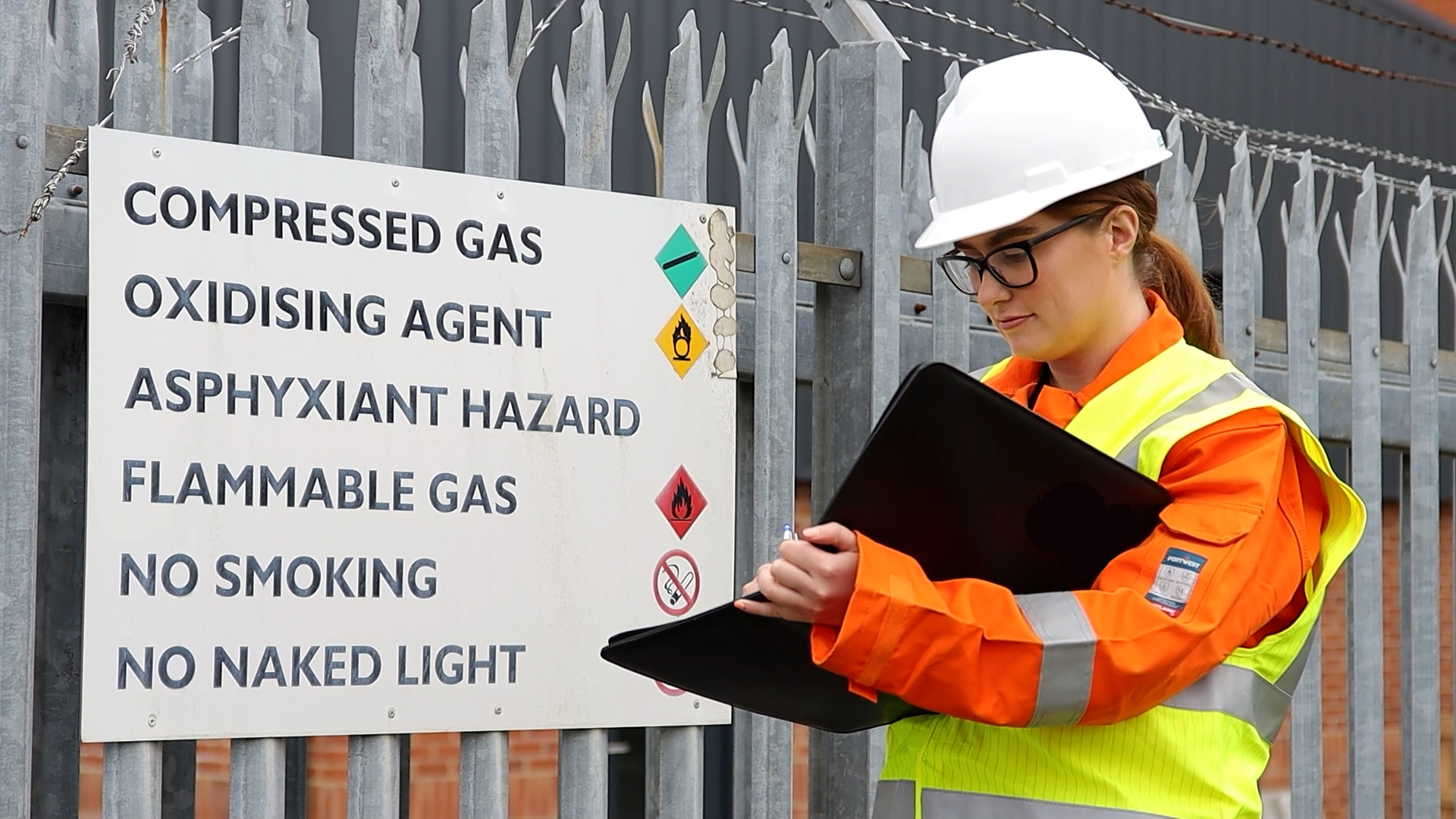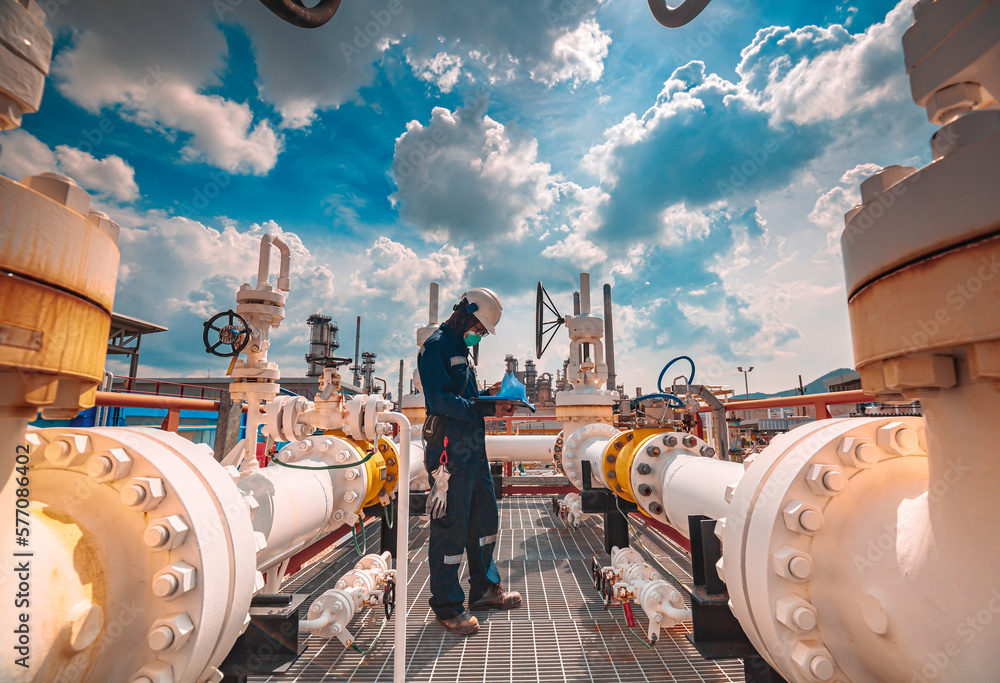Article
What Is Process Safety?
10/07/2025

Process safety is the management of hazards linked to industrial processes involving dangerous substances, hazardous reactions and operating condition hazards such as temperature and pressure. These operations can result in major incidents like fires, explosions, or chemical releases where people and the environment can be susceptible to significant harm if something goes wrong
At its heart, process safety is about understanding how those operations work, identifying what could go wrong, and putting measures in place to prevent or control those risks if they do arise.It covers everything, from how a chemical reactor works, to how flammable gases are stored and handled, to how your safety alarms and shutdown systems function during an incident.
Unlike workplace occupational safety, which focuses on day-to-day interaction with hazards of the individual, process safety is about understanding and preventing the lower-frequency but high-consequence events outside intended operation.
Where Does Process Safety Apply?
Process safety is crucial for any facility that handles hazardous chemicals, flammable gases, pressurised systems, or reactive materials.
It has traditionally applied in industries such as:
Oil and gas
Chemicals and petrochemicals
Pharmaceuticals
Power generation
Food and beverage (especially where combustible dust or pressurised systems are present)
Water treatment
Manufacturing plants using solvents, fuels or reactive intermediates
It’s also becoming increasingly important in emerging industries, like those associated with electric vehicles such as battery manufacturing, lithium-ion battery recycling, and battery charging infrastructure.
Lithium-ion batteries, for example, carry serious risks like fire, explosions, and thermal runaway if not properly managed.
Facilities handling large volumes of batteries need strong process safety systems in place to mitigate risks associated with flammable electrolytes, pressurised cells, and potential chemical reactions.
What Are The Key Principles of Process Safety?
At the heart of process safety are a few key principles:
1. Identifying Hazards
You can’t manage a risk if you don’t understand it. The first step in process safety is identifying all potential hazards, whether from the materials, equipment, or processes involved.
2. Assessing Risks
Once hazards are identified, we assess the likelihood of an incident occurring and the potential consequences if it does. Understanding both risk and impact before safety mitigations are taken into account is key.
3. Controlling the Hazards
After assessing risks, we look at ways to reduce them. This might involve:
Eliminating the hazard when possible
Replacing hazardous substances with safer alternatives
Designing systems to contain or control hazards (e.g., containment or interlocks)
Developing operating procedures and permits for employee interaction
Creating response plans for when things go wrong
4. Monitoring and Maintaining
Once systems are in place, it’s crucial to monitor and maintain them. Regular inspection and maintenance ensure systems work as intended, helping to avoid any surprises down the line.
Process Safety vs Occupational Safety
It’s important to understand that process safety and occupational safety address different types of hazard.
Occupational safety focuses on intervention with regularly encountered hazards of the workplace such as trips, falls and sharp edges and personal injury prevention.
Process safety is concerned with the higher severity and more complex risks associated with hazardous processes. It’s about preventing major accidents like fires, explosions, and toxic gas releases that can cause significant harm to employees, damage operations, and harm the environment.
Both are necessary, but the difference lies in the scale of consequences. Occupational safety hazards often affect only an individual, whereas a process safety failure could affect multiple people and lead to fatalities, widespread damage, or lasting environmental impact.
Why Does Process Safety Matters?
A failure in process safety can harm your people, bring your entire plant to a halt, damage your reputation, and lead to serious legal and financial consequences.
There are many examples of process safety not being sufficiently adhered to but historically and sadly in recent times, with incidents like the Buncefield oil storage fire, the Flixborough chemical plant disaster, and the Texas City refinery explosion all stark reminders of what happens when process safety is neglected.
Effective process safety management is essential for protecting people and the environment. It also plays a significant role in safeguarding your company’s reputation and ensuring compliance with legal and regulatory requirements.
Beyond safety and compliance, strong process safety practices can identify inefficiencies, uncover operational issues, and create opportunities for performance improvements.
How 6 Engineering Can Help
At 6 Engineering, process safety is our specialty.
We can support you with risk assessments, hazard studies, hazardous areas classification, or verifying safety systems. We work closely with your team to build practical safety systems that are tailored to your site and processes.
We can help you identify hazards, assess risks, and develop clear, workable controls that ensure your operations are safe and compliant.
Whether you’re starting from scratch, reviewing an existing setup, or embarking on a new project, our process safety engineers are ready to support you.
Want to Know More?
If you’re handling hazardous processes, understanding process safety is critical to protecting your people and your business.
Contact us today and let us show you how we can help safeguard your operations with a tailored process safety approach.
Contact us today!
